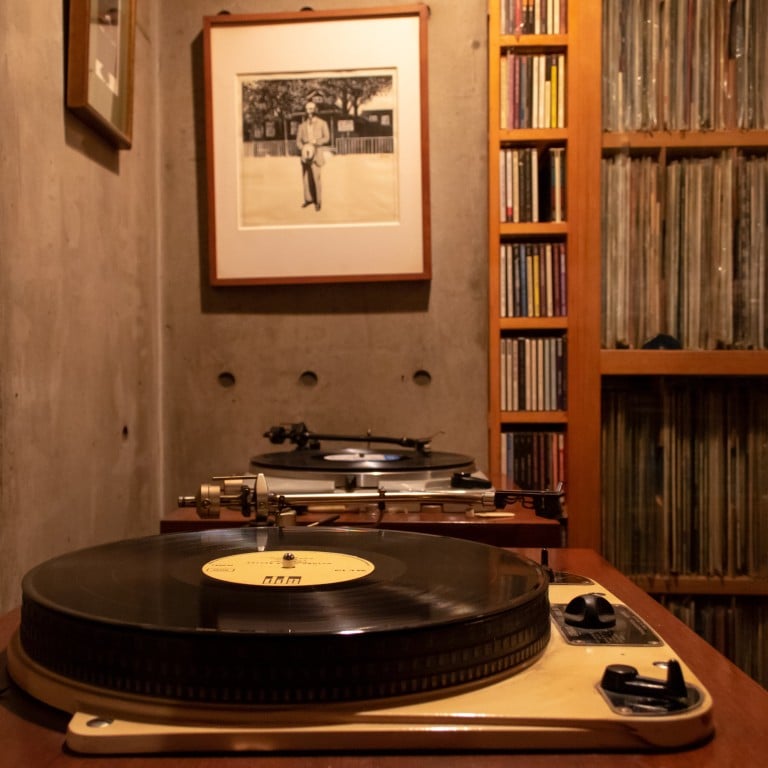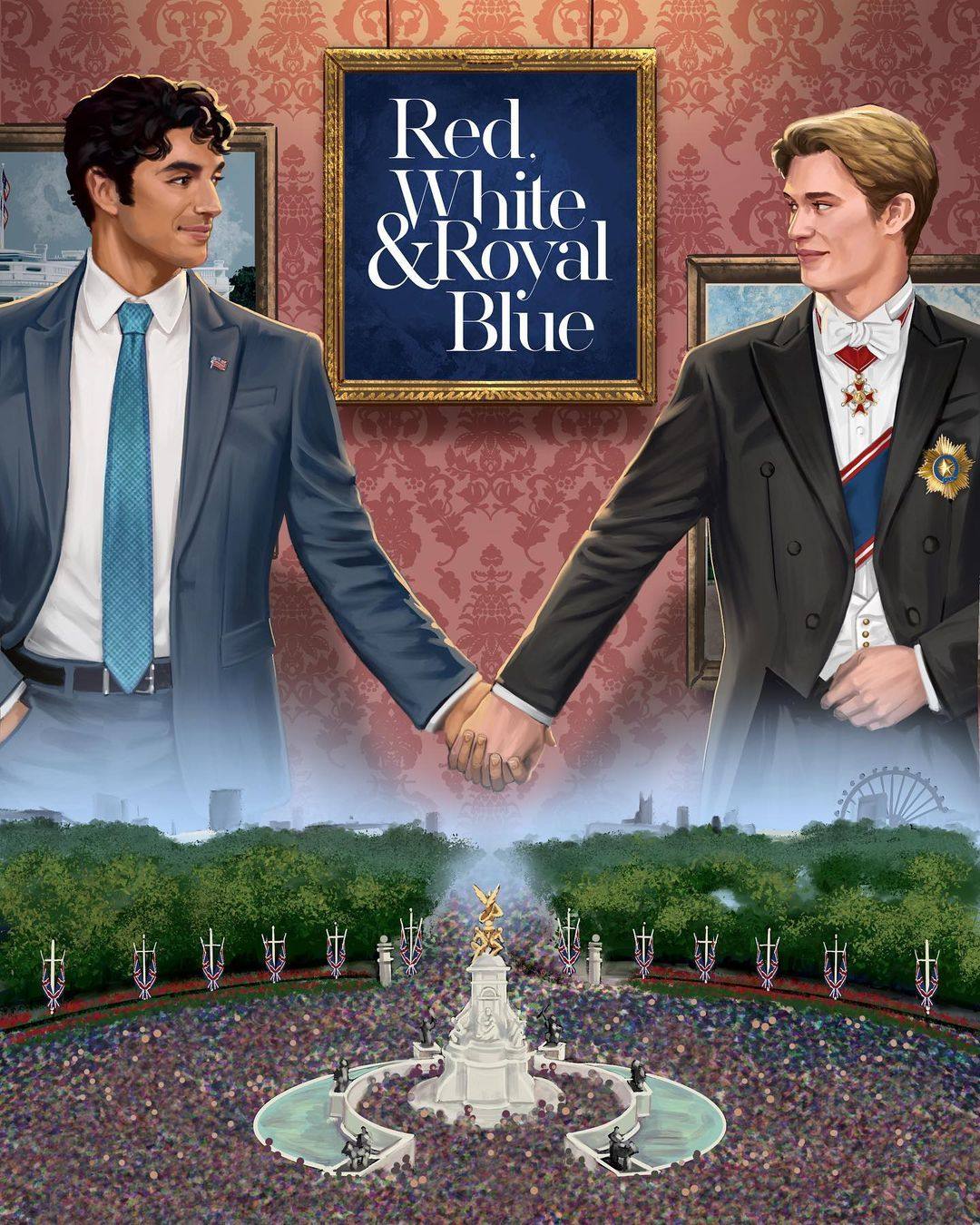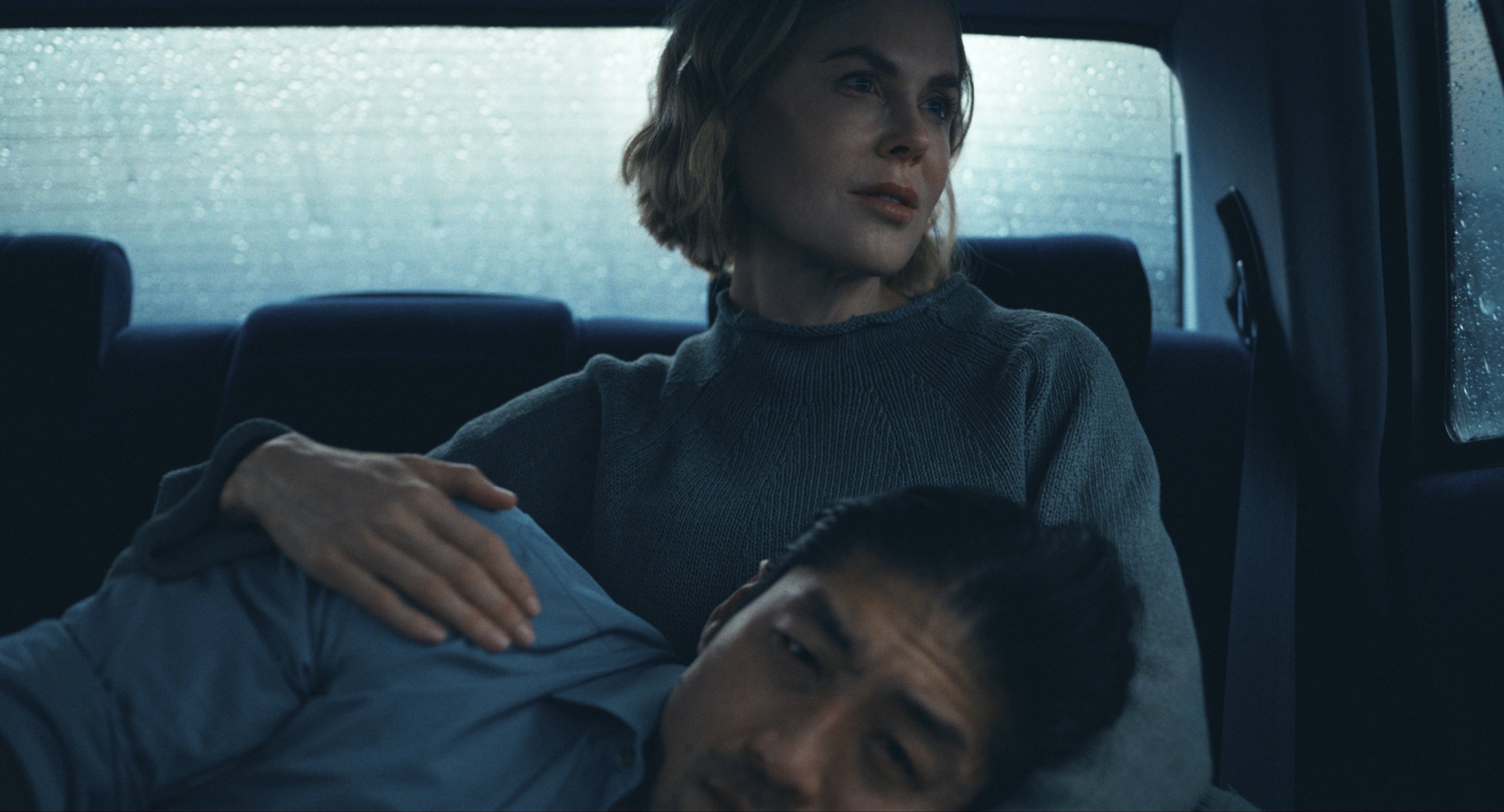Exploring Japan’s ‘jazz kissa’ cafe culture: Tokyo Jazz Joints documents these vibrant vinyl listening spaces – trending worldwide – in a photo project, podcast and new coffee table book

- Jazz kissa rose to prominence in the 1960s and 70s in Japan, as music aficionados flocked to listen to the latest Thelonious Monk or John Coltrane in a comfortable setting
- Now listening bars are popping up in Sydney, Oakland, London, Mexico City and Buenos Aires, but they’re closing in Japan just as quickly – and Tokyo Jazz Joints’ author hopes to keep the culture alive
When was the last time you listened to music? We don’t mean piping lo-fi “focus beats” through your Bluetooth speaker, or jabbing at those misbehaving earbuds while swiping between windows on your morning commute – but really, actively listening?
In response to the digital commodification of music, there’s a growing global trend of dedicated communal events and listening spaces, fuelled in part by the hipster-driven vinyl revival. But there’s truly nothing novel about gathering for reverent absorption of a spinning black disc. This fresh breed of audio fetishism is often directly – and always indirectly – inspired by Japanese jazz kissa culture, a rich tradition of audio nerdery with a 100-year history. Today there are still several hundred dedicated jazz cafes in Japan and they’re attracting growing buzz and kudos, notably in the new Tokyo Jazz Joints coffee table book documenting the dying subculture.
So what’s it all about, and why are jazz kissa back in the spotlight?

What is a jazz kissa, anyway?
One thing a jazz kissa is not is a live music bar or club – it’s all about listening to records. Or occasionally CDs. “Kissa” is an abbreviation of the Japanese word kissaten, which literally translates to “tea drinking shop” but is used as vernacular shorthand for coffee shop.
Jazz kissa have existed in Japan since at least the 1920s, but rose to ubiquity amid the post-war embrace of Western culture, until around the 1960s and 70s as jazz reached its own commercial peak and sudden decline. In this era, American jazz was a sign of sophistication, but records were expensive and apartment walls were thin. A jazz kissa was somewhere an enthusiast could sit and listen to the latest Thelonious Monk or John Coltrane LP at a conversation-killing volume on a top-notch stereo they might never afford – all for the price of a cup of coffee.

“Jazz kissa grew out of economic necessity, where you could pay a relatively small amount of money to listen to the latest jazz on a decent sound system,” says Philip Arneill, the photographer behind Tokyo Jazz Joints.










